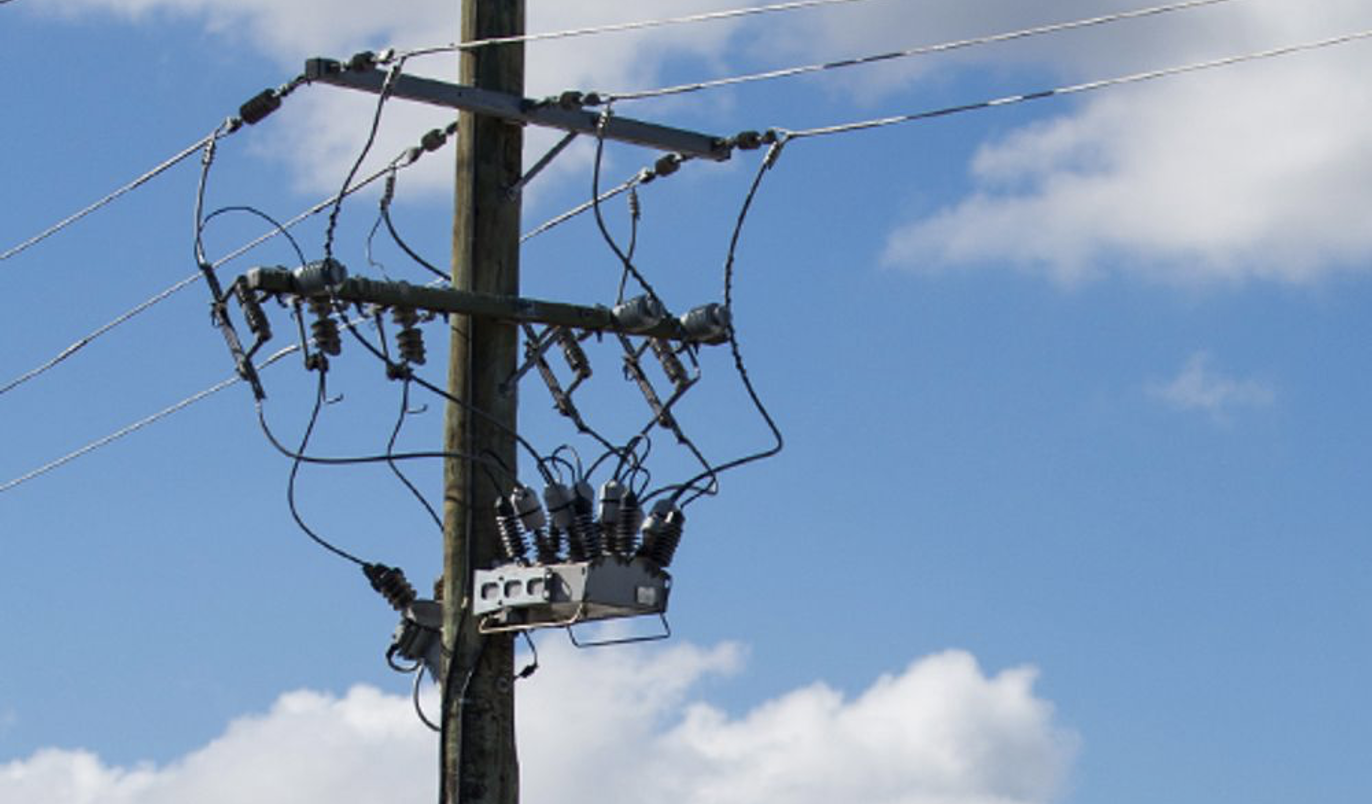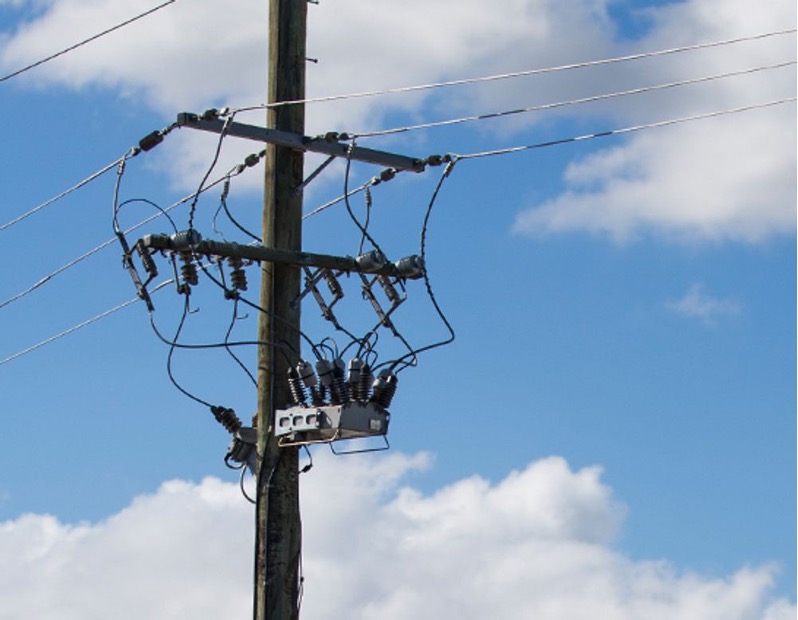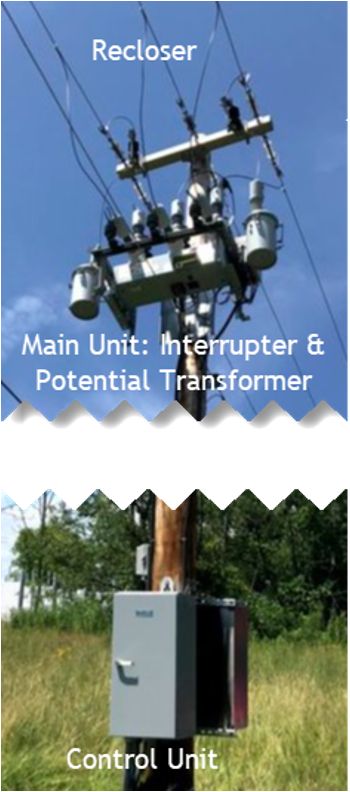 April 07, 2025 - BY Admin
April 07, 2025 - BY Admin
The evolution of distributed energy resources (DERs)—such as rooftop solar panels, wind turbines, and battery storage systems—has introduced new demands and complexities into power distribution systems. One critical device impacted by these changes is the recloser, an automatic switch used to isolate faults and maintain service continuity. Traditionally, reclosers were designed for unidirectional power flows from central power stations. However, with DERs contributing power back into the grid, reclosers must now adapt to handle two-way power flows, varying generation levels, and even local grid-islanding scenarios.
This article examines the core differences between traditional and modern reclosers, highlighting the advancements that enable modern reclosers to manage the complexities of today’s DER-rich grids.

Traditional Reclosers: Designed for Centralized Power
In conventional power distribution systems, electricity flows in one direction—from centralized generating stations to end users through transmission and distribution lines. Traditional reclosers were designed to work within this framework, using unidirectional fault detection to trip open, interrupt the current, and reclose to restore power if the fault is temporary. However, as distributed power generation increases, traditional reclosers face limitations in their ability to handle the bidirectional power flow and other new challenges introduced by DERs.
Key Limitations of Traditional Reclosers:
As such, traditional reclosers are not well-suited for managing the dynamics of DER-integrated distribution systems, necessitating the development of modern reclosers with enhanced capabilities.
Modern Reclosers: Adapted for the DER Landscape
Modern reclosers incorporate advanced technologies that address the unique demands of DERs, allowing for better fault detection, adaptive protection, and bidirectional power flow management. Below is a table comparing the capabilities of traditional and modern reclosers:
Feature | Traditional Recloser | Modern Recloser |
Power Flow Handling | One-way power flow | Handles bidirectional power flow from DERs |
Fault Detection | Simple, unidirectional fault detection | Advanced fault detection with multi-directional sensing |
Response to Variability | Limited; suited to stable, centralized power sources | Adaptive response to variable generation from DERs |
Anti-Islanding Capabilities | Limited or non-existent | Integrated anti-islanding algorithms for DER isolation |
Communication | Minimal or no real-time communication | Real-time communication with SCADA and other smart devices |
Adaptive Protection | Fixed settings | Dynamic, adaptive settings that adjust based on grid conditions |
Self-Healing Functionality | Generally manual intervention required | Automated, self-healing capabilities in case of faults |
Predictive Maintenance | Preventive maintenance based on fixed schedules | Predictive analytics and machine learning for fault prevention |
Cybersecurity Measures | Basic or absent | Enhanced cybersecurity to protect against cyber threats |
Grid-Edge Intelligence | Minimal data processing at the device level | Local data processing with machine learning and AI |
Key Innovations in Modern Recloser Control
 Modern reclosers are equipped with advanced technology and intelligence, addressing the challenges of DERs while enhancing grid resilience and reliability.
Modern reclosers are equipped with advanced technology and intelligence, addressing the challenges of DERs while enhancing grid resilience and reliability.
Case Study: Self-Healing Networks in DER-Integrated Grids
In areas with high DER integration, utilities are deploying self-healing networks with reclosers as critical components. Self-healing networks use real-time communication to detect faults, isolate affected sections, and reroute power. This setup is especially beneficial for DER-heavy regions, where intermittent power sources and bidirectional flows can complicate traditional fault responses.
Self-Healing Process:
Self-healing networks not only improve service reliability but also reduce outage times and support DER integration by providing flexibility in grid operations.
The Future of Recloser Technology
Looking forward, several key trends are expected to shape the evolution of recloser technology in DER-integrated grids:
1. 5G Connectivity: The adoption of 5G in recloser controls will further enhance data transmission speeds, allowing for real-time monitoring and faster response.
2. Distributed Energy Resource Management Systems (DERMS) Integration: Reclosers may directly integrate with DERMS, allowing seamless coordination across various DERs to balance supply and demand dynamically.
3. Enhanced Cybersecurity: As reclosers connect to digital communication networks, robust cybersecurity measures will be essential to protect against emerging cyber threats.
Conclusion
The shift towards DERs necessitates a fundamental transformation in recloser technology, moving from traditional one-way fault isolation devices to intelligent, adaptable components of a resilient, smart grid. Modern reclosers, equipped with bidirectional sensing, adaptive protection, anti-islanding, and advanced communication capabilities, are rising to the challenges posed by DERs. As the electric grid continues to evolve, reclosers will remain a cornerstone of grid protection, ensuring reliable power delivery in a decentralized, complex, and renewable-focused energy landscape.
Citations